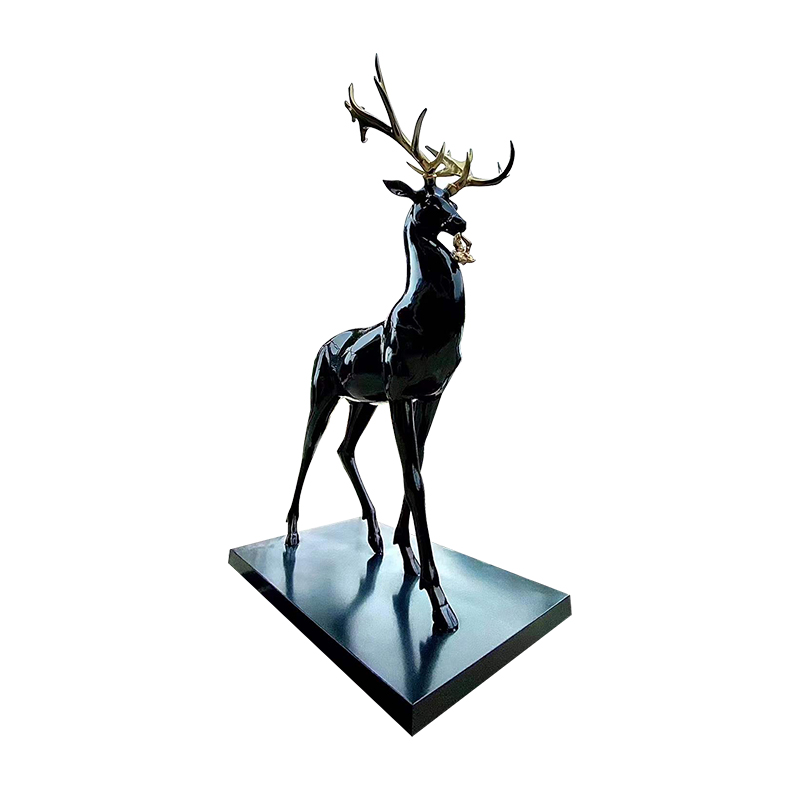The fashion industry is increasingly adopting 3D printing technology, offering designers innovative tools to create unique garments and accessories while also addressing sustainability concerns. This technology is revolutionizing how fashion is conceptualized, produced, and consumed.
One of the primary advantages of 3D printing in fashion is the ability to produce customized and intricate designs. Designers can create complex patterns and structures that would be challenging or impossible to achieve using traditional manufacturing techniques. This capability allows for a higher level of creativity, enabling designers to experiment with new forms and styles without the constraints of conventional production methods.
Moreover, 3D printing enables on-demand production, reducing the need for large inventories. Fashion brands can produce items based on customer orders, minimizing waste and preventing overproduction. This shift aligns with growing consumer demand for sustainable practices within the fashion industry, as it helps mitigate the environmental impact associated with fast fashion.
Additionally, 3D printing allows for the use of innovative materials, including flexible filaments and eco-friendly options. Designers are exploring how to incorporate these materials into their collections, creating garments that are not only visually striking but also sustainable.
The technology also opens up new possibilities for personalization. Customers can engage in the design process, customizing garments to fit their preferences. This level of personalization enhances customer satisfaction and fosters a deeper connection between consumers and brands.
Furthermore, 3D printing can streamline the production process. Traditional garment manufacturing often involves multiple stages and significant labor costs. With 3D printing, designers can produce pieces in a single step, reducing lead times and costs associated with traditional manufacturing methods.
In conclusion, 3D printing is transforming the fashion industry by enabling creative design, promoting sustainability, enhancing personalization, and streamlining production processes. As the technology continues to evolve, its impact on fashion will only grow, leading to innovative approaches and sustainable practices in the industry.







